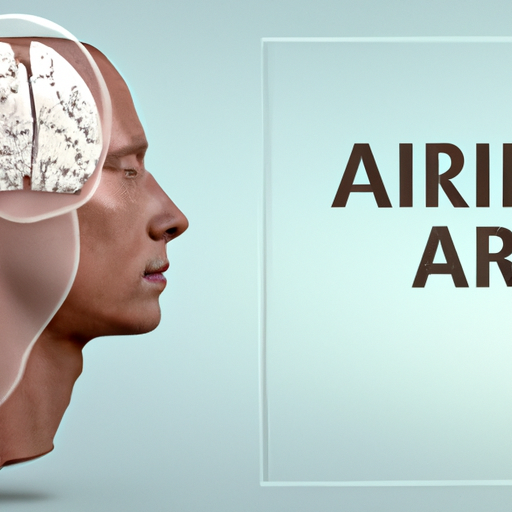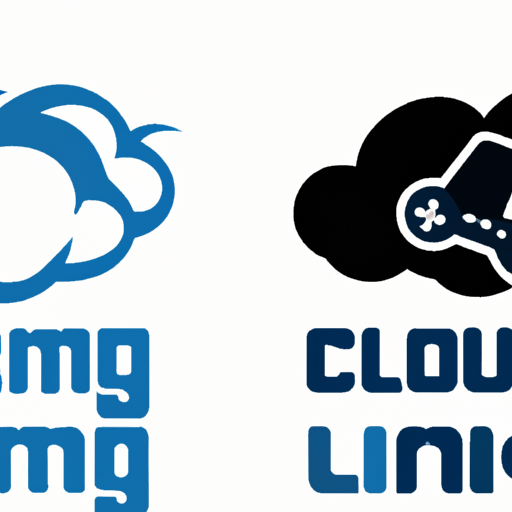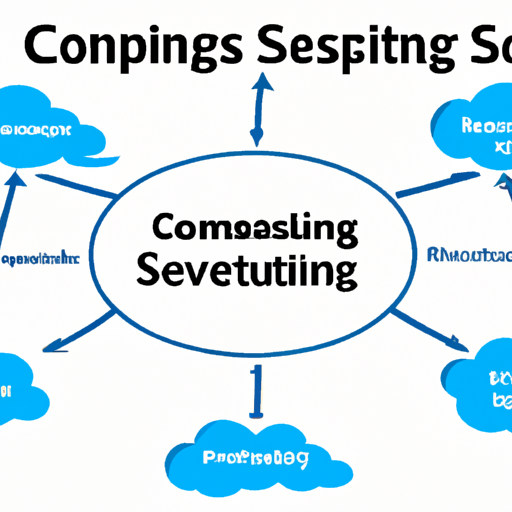Virtual reality (VR) has transitioned from a niche technology to a revolutionary force reshaping how we interact with digital content. In recent years, advancements in immersive technology have opened up a plethora of possibilities across various sectors, transforming entertainment, education, healthcare, and more. In this blog post, we will delve into the latest trends, technologies, and applications of virtual reality.
What is Virtual Reality?
Virtual reality is a simulated experience that can be similar to or completely different from the real world. By wearing a VR headset, users are transported into a 3D environment, where they can interact with digital elements as if they are physically present. The technology relies on various components, including sensory feedback (usually visual and auditory), which enhances the realism of the experience.
Current Trends in Virtual Reality
- Greater Accessibility: The growth of affordable VR headsets has made the technology more accessible to the public. Companies like Meta (formerly Facebook), HTC, and Sony are continuously releasing new models at a lower price point, attracting a wider audience.
- Social VR Experiences: Platforms such as VRChat and Rec Room allow users to socialize in a virtual environment, indicating a shift towards shared experiences in virtual spaces.
- Integration of AI: Artificial Intelligence is enhancing VR applications by creating more realistic environments and interactions, making experiences more personalized and engaging.
- Cross-Platform Compatibility: Developers are creating virtual reality experiences compatible with multiple devices, allowing for greater flexibility and user engagement.
Applications of Virtual Reality
The applications of virtual reality are vast and varied, impacting numerous fields.
1. Education
VR is changing the way students learn by providing immersive experiences that make complex subjects engaging and easier to grasp. For example, students can explore ancient civilizations or delve into the inner workings of the human body, all from their classroom.
2. Healthcare
In the healthcare industry, VR is utilized for training medical students, simulating surgeries, and even in therapeutic settings, such as exposure therapy for phobias and PTSD.
3. Entertainment and Gaming
The gaming industry has been a pioneer in VR adoption. Gamers can enjoy fully immersive experiences that transport them to fantastic worlds, enhancing their gameplay significantly. Titles such as “Half-Life: Alyx” have set new standards for what VR gaming can achieve.
4. Real Estate and Architecture
VR allows potential buyers to virtually tour properties, which provides a more nuanced understanding of spaces without the need for physical viewings. Architects can also present designs in a 3D format, facilitating better client feedback.
The Future of Virtual Reality
As technology continues to evolve, the future of virtual reality looks bright. With advancements in augmented reality (AR), VR can expand into mixed realities, combining real-world elements with digital overlays. Enhanced collaboration tools and networking possibilities in VR will likely revolutionize remote work and social interactions, making virtual communication feel more personal and effective.
Conclusion
Virtual reality is paving the way for a new era of interactive experiences that will shape various sectors. As the technology matures, we can expect to see even more innovative applications that enhance how we learn, work, play, and connect with one another. Keep an eye on the exciting developments in this promising field!




